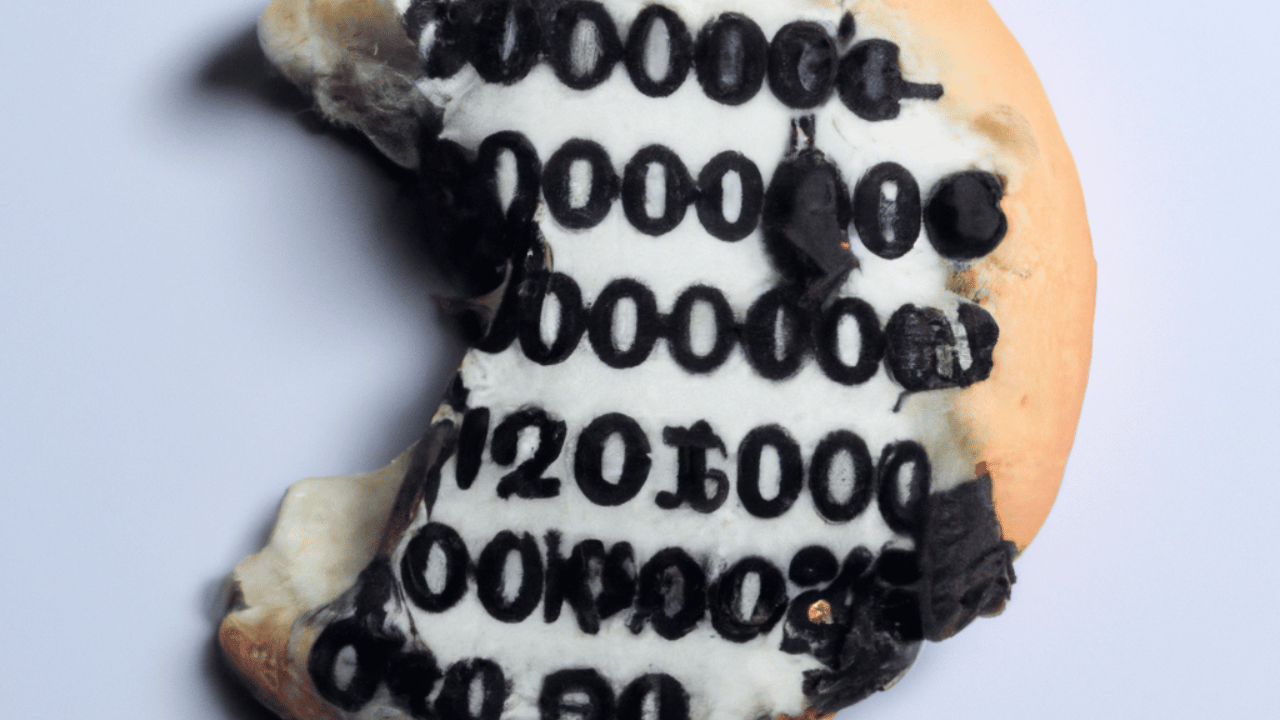The winds of change are blowing hard toward protecting users’ privacy in digital advertising. At the heart of this storm is the demise of third-party cookies, a cornerstone of online advertising. Its retirement, now adopted by Google’s Chrome browser, poses significant challenges for conversion tracking – the lifeblood of any successful marketing campaign. But amidst the disruption, opportunities for innovation and a more ethical advertising ecosystem emerges.
The Cookie Jar: Unveiling the Different Treats in Web Tracking

Imagine opening your cookie jar to find a variety of treats, each with a specific purpose. In the digital world, cookies play a similar role, tracking our online activities and influencing what we see on the web. But just like there are different types of cookies in your jar, the online world also has its own assortment. Let’s delve into the world of cookies and understand their roles.
1. Third-Party Cookies
Think of these cookies as the uninvited guests at your web browsing party. They follow you across different websites, building detailed profiles of your interests and online behavior. This information is then used by advertisers to target you with personalized ads, like that pair of shoes you just browsed on another site magically appearing on your social media feed.
2. First-Party Cookies
These cookies are the friendly regulars at your web browsing party. Baked right into the websites you visit, they remember your preferences, like your login information or language settings. They make your online experience smoother and more personalized, without venturing outside your own domain.
3. Session Cookies
These cookies are like the temporary guests who disappear when the party ends. They keep track of your current browsing session, remembering things like items in your shopping cart or your progress through a form. Once you close your browser, they vanish, leaving no trace behind.
4. Persistent Cookies
Unlike session cookie, these persistent cookies remember you even after a long absence. They stay stored on your device for a set period, remembering your preferences on websites you revisit, like your chosen theme or location settings.
5. Secure Cookies
Think of these cookies as the security guards of your cookie jar. They add an extra layer of protection by encrypting your information, ensuring it stays safe from prying eyes or unwanted nibblers. They’re used for protecting sensitive data like online payments or login credentials.
6. Zombie Cookies
These cookies are the creepy crawlies of the digital world, often appearing even after you’ve tried to delete them. They’re often attached to other files or hidden deep within your browser’s cache, making them difficult to eradicate. Think of them as the crumbs that stubbornly cling to your fingers long after you’ve finished the cookie.
Third-Party Cookies: A Fading Legacy

Third party cookies are tiny digital breadcrumbs that follow you across the web, and record your every click and visit. They enable advertisers to track user behavior across multiple websites, build detailed profiles, and target ads with laser precision. However, this personalized experience comes at a cost: user privacy. Concerns over data collection and intrusive tracking have intensified, prompting major browsers, like Chrome, to phase out third-party cookies.
No Third-Party Cookies Means Tracking in the Dark: Challenges for Conversion
For marketers, this translates to a loss of valuable data and insights. Conversion tracking, relying heavily on third-party cookies, allows us to understand how users navigate clients’ websites, identify conversion pathways, and optimize campaigns for a better Return on Investment or Return on Advertising Spent. With third party cookie being phased out, attributing conversions to specific touchpoints becomes a game of shadows, educated guesses and less conclusive determination as to where which conversion came from.
Assessing Your Website’s Vulnerability to Third-Party Deprecation
How will this affect you and your website? If you’re not heavily dependent on third-party cookies for your ad campaigns or other website functions, this will probably not affect you.
The Cookie Detective Toolkit:
Here are some handy tools to help you uncover your website’s reliance on third-party cookies:
Chrome DevTools: Navigate to the “Network” tab and open the “Filter” panel. Tick the “3rd party request” checkbox to identify all requests made to third-party domains. Analyze these requests to see if they involve cookie-based tracking or data sharing.
Tag Inspector Extensions: Plugins like “Tag Inspector” for Chrome or Firefox provide a detailed breakdown of the tracking tags and pixels embedded on your website. These tags often rely on third-party cookies, so identifying them will give you a clear picture of your potential exposure.
Privacy Audits: Several online tools offer comprehensive website audits, analyzing your use of cookies and trackers. Services like BuiltWith or Cookiepedia can provide valuable insights into your website’s reliance on third-party technologies.
Deciphering the Clues:
Here are some signs that your website might be heavily reliant on third-party cookies:
Prevalence of ad retargeting: If your website relies heavily on personalized ads that follow users across different websites, it’s likely using third-party cookies for tracking.
Extensive use of analytics platforms: Popular analytics tools often employ third-party cookies to track user behavior and website performance.
Third-party login features: Social login options like “Sign in with Google” or “Sign in with Facebook” typically involve third-party cookies for authentication.
Navigating the Cookie-less Wilderness: New Frontiers in Tracking
The future of conversion tracking may not be shrouded in darkness. Several promising alternatives are emerging:
- First-party data: Harnessing data collected directly from your website is key. Invest in building strong relationships with your audience, collect opt-in data, and leverage it for personalized experiences and targeted campaigns.
- Contextual targeting: Focus on understanding the context of user interactions instead of individual behavior. Analyze page content, keywords, and user intent to deliver relevant ads without invasive tracking.
- Privacy-preserving solutions: Explore the potential of Google’s Privacy Sandbox, a collection of technologies designed for targeted advertising within the user’s browser, minimizing data exposure.
- Attribution modeling: Employ statistical models to estimate the impact of different touchpoints on conversions, even with limited data.
A New Dawn for Marketing and Privacy
The demise of the third-party cookie, while presenting challenges, ultimately pushes us towards a more ethical and sustainable digital advertising future. Any step away from digital addiction is a right step in our opinion. By prioritizing user privacy and embracing more traditional tracking solutions, we can continue to deliver personalised ads and measure campaign performance, all while fostering trust and transparency with our audiences. Note the numbers may not be as accurate, but the competition will be equally as disadvantaged and therefore the competitive playing field will retain its fairness.
Remember, it’s not the end of conversion tracking, but a change of how we view conversions. Embrace the change, experiment with new technologies, and build a marketing strategy that’s adapted to the cookie-less era.






